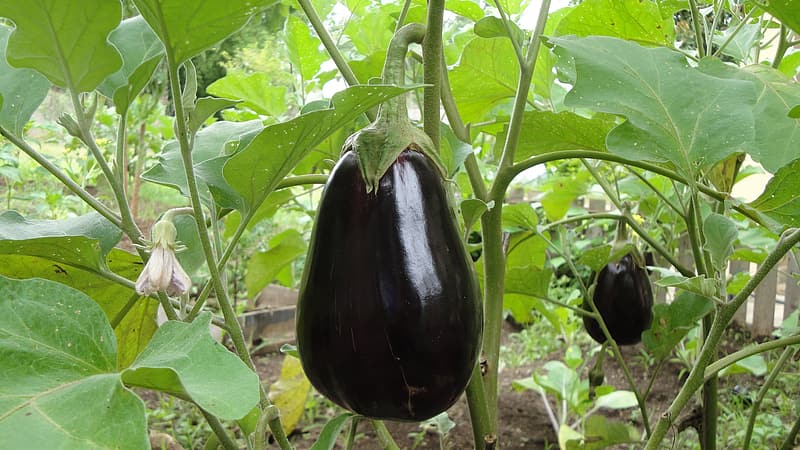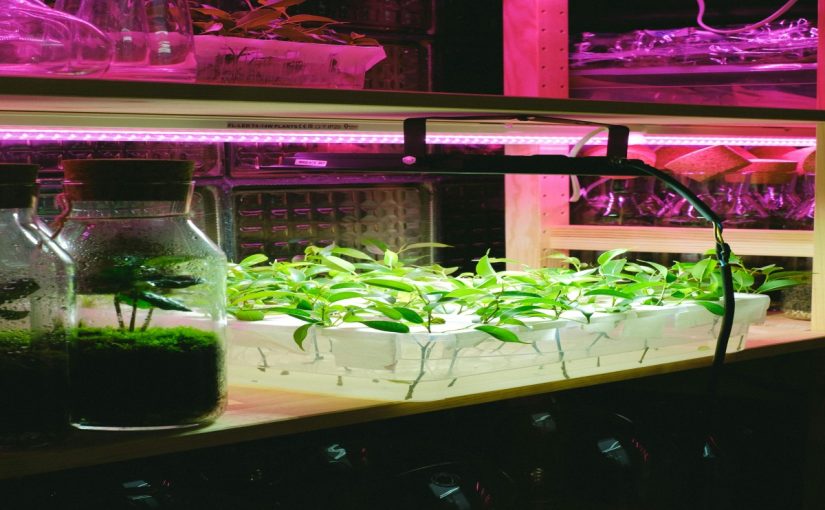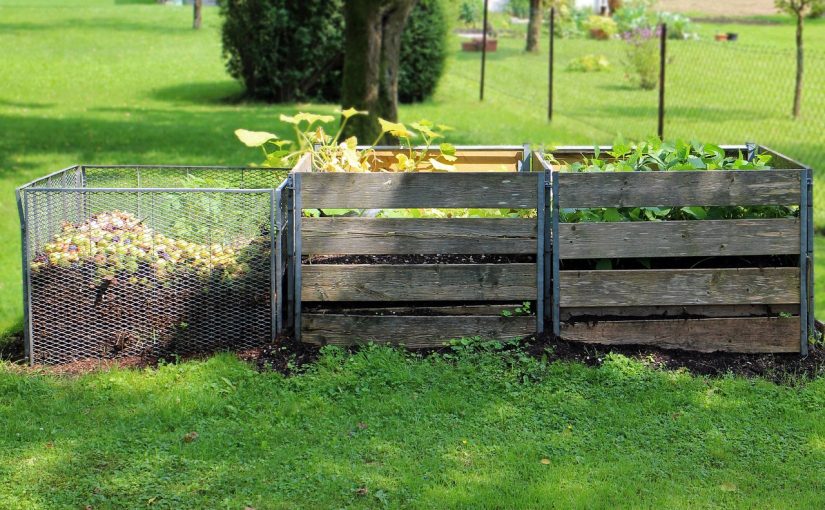Eggplant, Brinjal, Aubergine is an important crop of the tropical and subtropical regions. The name is derived from the shape of the fruit of some of its varieties.
Eggplant is grown mostly in the warmer regions. Its cultivation is very popular in countries of the far-east region, India, Pakistan Bangladesh, USA, Italy, France, and Egypt. Eggplant farming is very popular in lower altitude regions of India. Commonly known as Brinjal in the country, it is a principal, popular and common vegetable crop grown across the country. Due to its adaptation to various climatic conditions eggplants can be grown throughout the year. There are also many hybrid varieties that are being cultivated in the country.
Here are few tips that will help you in performing eggplant farming and in improving your crop yield.
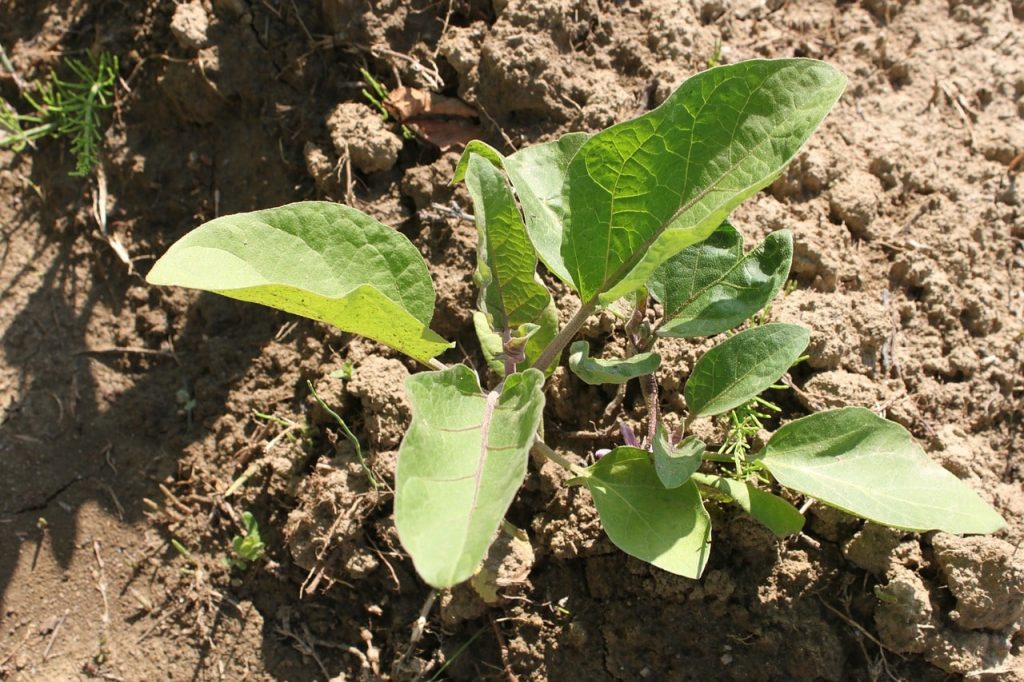
How to grow eggplant?
In order to obtain desired and good growth of eggplant there are certain conditions to be followed. Despite being easy to grow and high temperature tolerance eggplant could be a little tricky plant to grow.
Here are the conditions that are to be kept in notice when growing eggplant.
Climatic conditions:
eggplant is a hot weather crop highly intolerable to frost and snow weather. Short days and long cool nights are not suitable for growth of eggplant and tend to make the produce deformed. The desired temperature required is in the range around 13 – 21oc.
Also Read: Yellow and Curling Eggplant Leaves
Soil requirements and conditions:
eggplant can be grown in any type of soil be it light sandy or heavy clay. Soil rich in organic matter with a PH ranging from 6.5-7 is considered the best. To obtain a higher yield it is advised to start planting in heavy clay soil.
The soil should be well ploughed before transferring seedlings as eggplant remains in field for long time. Soil should be incorporated well with manure. Field should be irrigated well transferring seedlings.
Pollinators:
self-fertilizing flowers of eggplant can be fertilized by the wind. But to obtain a good fruit size buzz pollination by bees is considered suitable. If you have a smaller field and few plants you could also for hand pollination.
Feed the plants timely:
when the plant bloom first set of flower, they can get benefitted from extra nutrients. You can give in extra nutrients by putting in additional organic fertilizers or compost manure. If you are growing eggplants in a container utmost care has to be taken, when putting the feed make sure you are not overfeeding the plant as it causes salt buildup which will cease the growth of the plant.
Battling the flea:
growing an eggplant although is easy, but with this ease comes the fleas. These tiny hoppers make holes in the leaves of the plants. In order to protect plants from these fleas and other insects grow your plants in pots on a raised surface or you can use a tulle net to cover the rows of plants and protect them of fleas.
Eggplant growing stages:
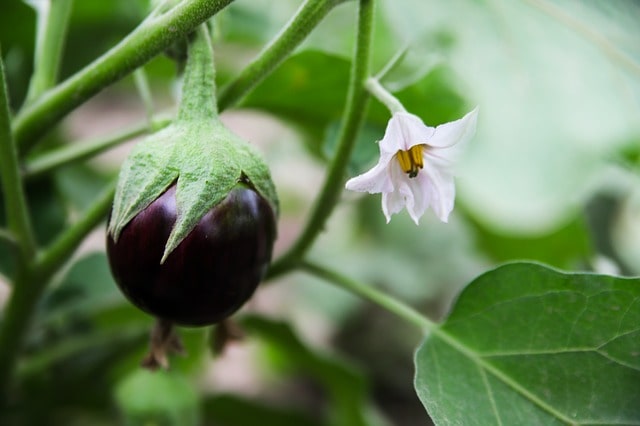
It is important to know about the growing stages of eggplant before planting them in order to obtain a surplus of produce.
Eggplant grows in following stages:
- Seeds: It takes about 1-2 weeks for eggplant seeds to sprout into a seedling. once the seedling germinates within 10weeks or when they develop 4-5 leaves they can be transplanted into the greenhouse farm and stored at a warmer temperature as cold temperature destroys the seedling.
- Adult eggplant: number of days required by eggplant to attain maturity depends on the variety being grown. They take approximately 120days to attain full maturity. The sign of maturity is that they grow the main stem with oval-shaped leaves with leathery texture and spine-like hairs.
- Flower and fruit: flowers are purple colored and star-shaped. The florals have both male and female parts and are self-pollinating. The female part of the flower develops into the fruit depending on the variety of eggplant grown. The plant bears the fruit for 80days.
- Harvest: This is the last stage of eggplant growth. You can tell the fruit is ready to be harvested when it develops glossy skin and firm texture. If you want to harvest the seeds of eggplant you will have to wait until the skin of the fruit become dull and the texture becomes soft to touch.
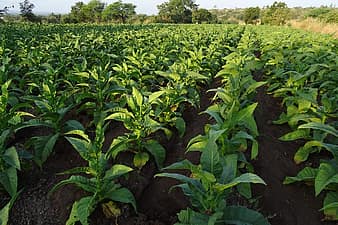
Watering eggplant:
Watering eggplant adequately is very important, in case of reduced moisture content the fruit loses the flavor and become bitter in taste. In order to prevent this makesure your plants are being watered regularly and plants are being supplied with additional supplemental water based on the conditions required.
During the growing season or hot weather conditions it is best to water eggplant 1inch per week or more based on the conditions. You can also monitor the moisture content of soil using a moisture meter this will help you ensure that the soil is not excessively dried if so you can water the plant efficiently.
It is best to water the plants during the early morning or during the evening as the water evaporation rate is less during these times. Mulching around the plant roots also helps in retaining water near the roots for a longer duration.

Harvesting eggplant:
Proper harvesting of an eggplant yields tender and flavourful fruit.
Time required from planting to harvest is 100-150days
The appearance of the fruit is your guide to know if your fruit is ripened enough to be harvested. Thin, firm and glossier skin of the fruit is the main sign to be noticed before harvest. If you are someone new to farming before harvesting eggplant you will have to cut the fruit and check the colour of flesh inside the fruit. The flesh should be cream in colour with small seeds. Once you have learnt how to identify the physical appearance of fruit for harvesting you don’t need to cut the fruit. Eggplants without any seeds are immature whereas eggplants with dark and hard seeds are over-ripened and bitter in taste. Separate the eggplant from the stem by using a pruning shear or sharp knife; keep a stub of stem attached to the fruit.
Eggplant growing time:
It takes approximately 120days for the eggplant to grow and get mature. When you are growing a plant from the seeds it has to be cultivated indoors first which takes around 10weeks time. Then they can be transplanted to the greenhouse farms.
Opt for the variety of eggplant that have faster growth rate and better yield values in few days time. There are various hybrid varieties of eggplant that have more improved qualities and resistance to diseases making them more better option to plant.
By implementing these tips before starting planting you will definitely see a surplus in growth and yield with better quality.
Happy Farming!

